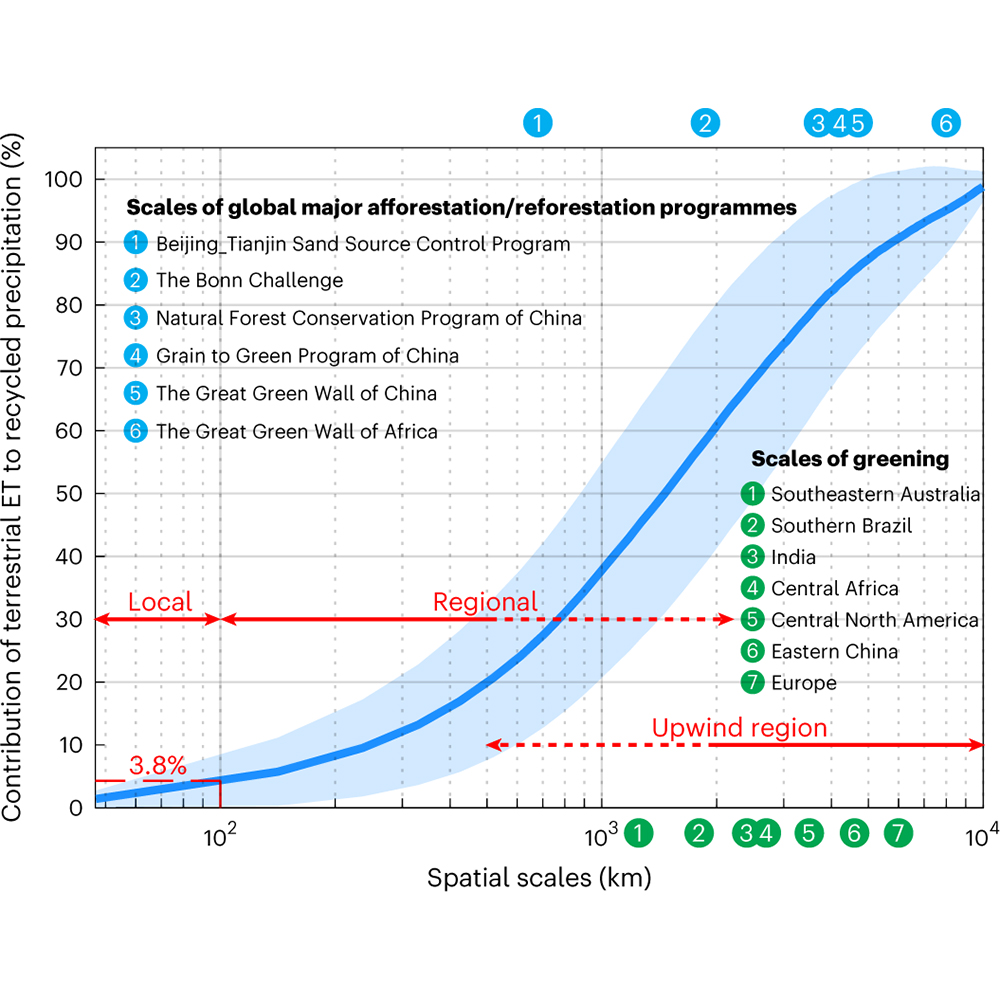
Xu Lian
@xulian_pku
Earth & Environment researcher, land-atmosphere interactions, eco-hydrology
ID: 1353928835885002752
https://www.researchgate.net/profile/Xu_Lian6 26-01-2021 04:52:51
26 Tweet
320 Followers
57 Following

In their Review of dryland aridity changes, Xu Lian et al suggest contrasts in atmospheric & ecohydrological metrics are linked to plant physiological responses to CO2 Anping Chen Trevor Keenan Justin Sheffield nature.com/articles/s4301… (free-to-read: rdcu.be/cgsFM)


Do wet regions get wetter and dry regions get drier in a warming climate? Our new paper shows that vegetation response to rising CO2 induces more water in both regions, but amplifies contrasts between them, exceeding the impact of radiative forcing. agupubs.onlinelibrary.wiley.com/doi/10.1029/20…

Increases in vegetation cover over the last two decades have enhanced global water availability, but the hydrological impacts are beyond the regions undergoing vegetation changes, according to a paper published in Nature Geoscience. go.nature.com/3DKIw4T






Coastal or land forests for carbon sequestration? We studied the productivties of global mangroves and their nearby land forests, and found👇. Awesome study led by Zhen Zhang w/Dan Friess NUS Geography NUS CNCS nature.com/articles/s4155…


New paper by Sungchan Jeong 🥳Found PERSISTENT greening 🍃over 40 years after comprehensive data processing steps in AVHRR and MODIS 🛰️ #RSE Collabo with Pierre Gentine Jianing Fang Lian Xing Li Benjamin Dechant Juwon Kong Wonseok Choi Chongya Jiang Trevor Keenan


Article: Prolonged hot-dry conditions induced by Rossby waves reduce northern ecosystem productivity Xu Lian Jiangong Liu Pierre Gentine nature.com/articles/s4156…

